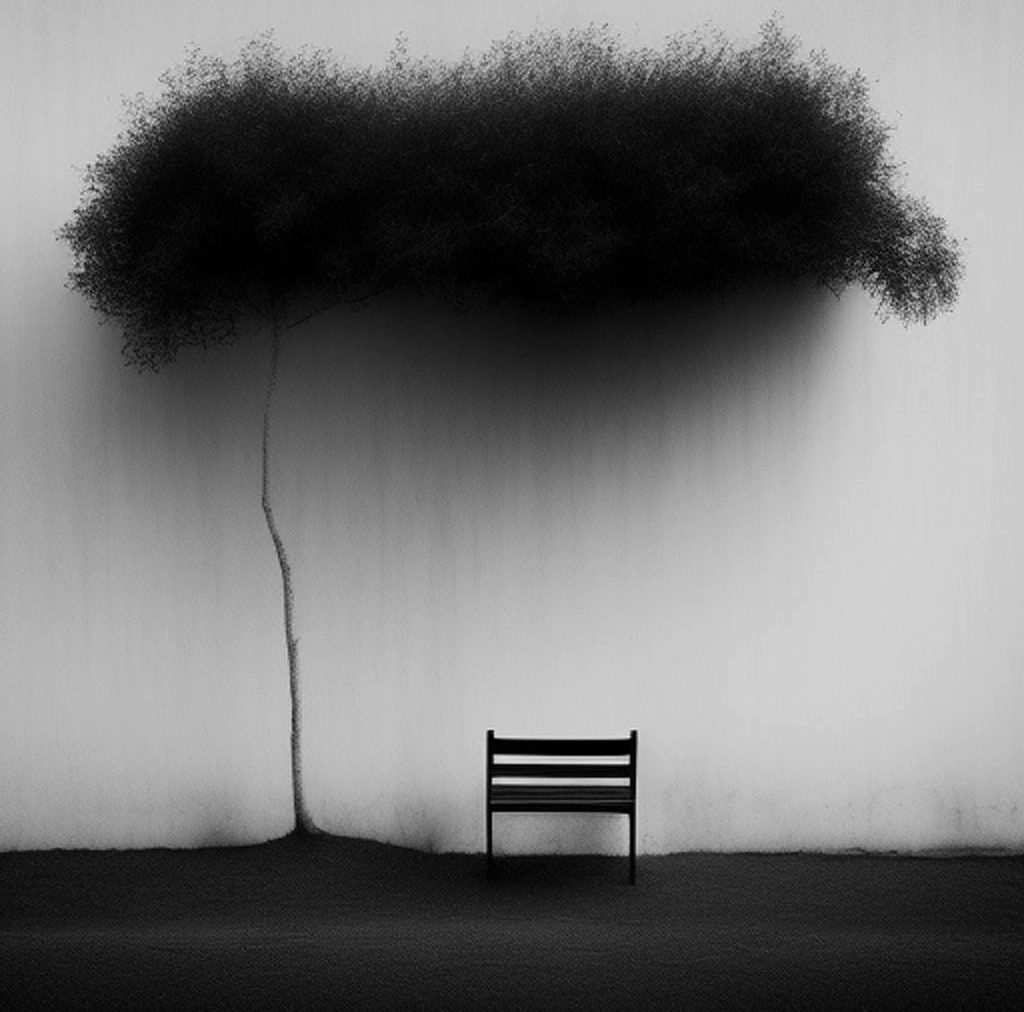Between the existential thinking-philosophizing of de Beauvoir and death, there is a non-simple relatedness, in which Sartre’s existentialism in Being and Nothingness and Heidegger’s “existential” analysis of Dasein in Being and Time are discussed, investigated, questioned, and re-thought.
In Pyrrhus et Cinéas, published in 1944, de Beauvoir rejects Heidegger’s existential analysis of death in Being and Time and offers an account of death that is close to Sartre’s view in Being and Nothingness.
For de Beauvoir, unlike Heidegger, death is not a possibility in life; that is, death is not a possibility that could either announce itself or be encountered within life. Also, death cannot be chosen, for it belongs to and defines our own facticity, according to de Beauvoir.
De Beauvoir also rejects Heidegger’s argument that acknowledging death delivers us into authenticity, for, according to de Beauvoir, death is nothing but a fact, a certain fact, a fact whose happening is certain, since to be a human being is to be mortal.
Death is thus nothing but the end of our projects. Hence, we cannot exist for our death as “being-toward-death”. For de Beauvoir, we can only exist for our projects, which end with our death. Death limits, renders finite, and suddenly and abruptly ends our projects.
My death interrupts my life only when I die, and that only from the point of view of others. Death does not exist for me while I am alive; my project goes right through it without meeting any obstacles. The full impetus of my transcendence runs into no barriers; it alone determines when it shall run down, like the sea which strikes against a smooth shore and stops at a certain point, to go no further.
Simone de Beauvoir, Pyrrhus et Cinéas
De Beauvoir’s view— that death is not a possibility within life, but rather the sudden disappearance of life and the abrupt ending of projects— appears to be changing in The Ethics of Ambiguity, written and published only a few years after Pyrrhus et Cinéas.
In The Ethics of Ambiguity, de Beauvoir says that “every living moment is a sliding toward death. But if they are willing to look it in the face, they also discover that every movement toward death is life”. Death— as a fundamental ambiguity, or as an ambiguity that is most fundamental of all— is that toward which every living moment is constantly sliding.
According to de Beauvoir, this constant sliding toward what is fundamental in its ambiguity, meaning, and significance is itself a constant turning toward life, a constant turning in which the question of the meaning of life is constantly pondered, remembered, investigated, and thought.
In other words, seeing life as a continuous sliding toward death allows life to be thought from out of this constant sliding toward the most fundamental ambiguity of life, that is, death. This way of seeing death as that toward which life is constantly moving brings de Beauvoir closer to Heidegger’s “being-towards-death” and distances her from Sartre’s thinking-philosophizing.
In Old Age, published in 1970, de Beauvoir says that there is a “generalized aging” constantly residing in us and thus placing us in a constant relatedness to that toward which we are constantly moving, that is, our death.
De Beauvoir’s introduction of this notion of “generalized aging” in Old Age brings her account very close to Heidegger’s existential analysis of death, but what brings this notion even closer to Heidegger is that it is introduced and discussed through an account of temporality that closely resembles and specifically passes through Heidegger’s discussion of temporality in Being and Time.
For more articles on de Beauvoir‘s existentialism, visit this webpage.

